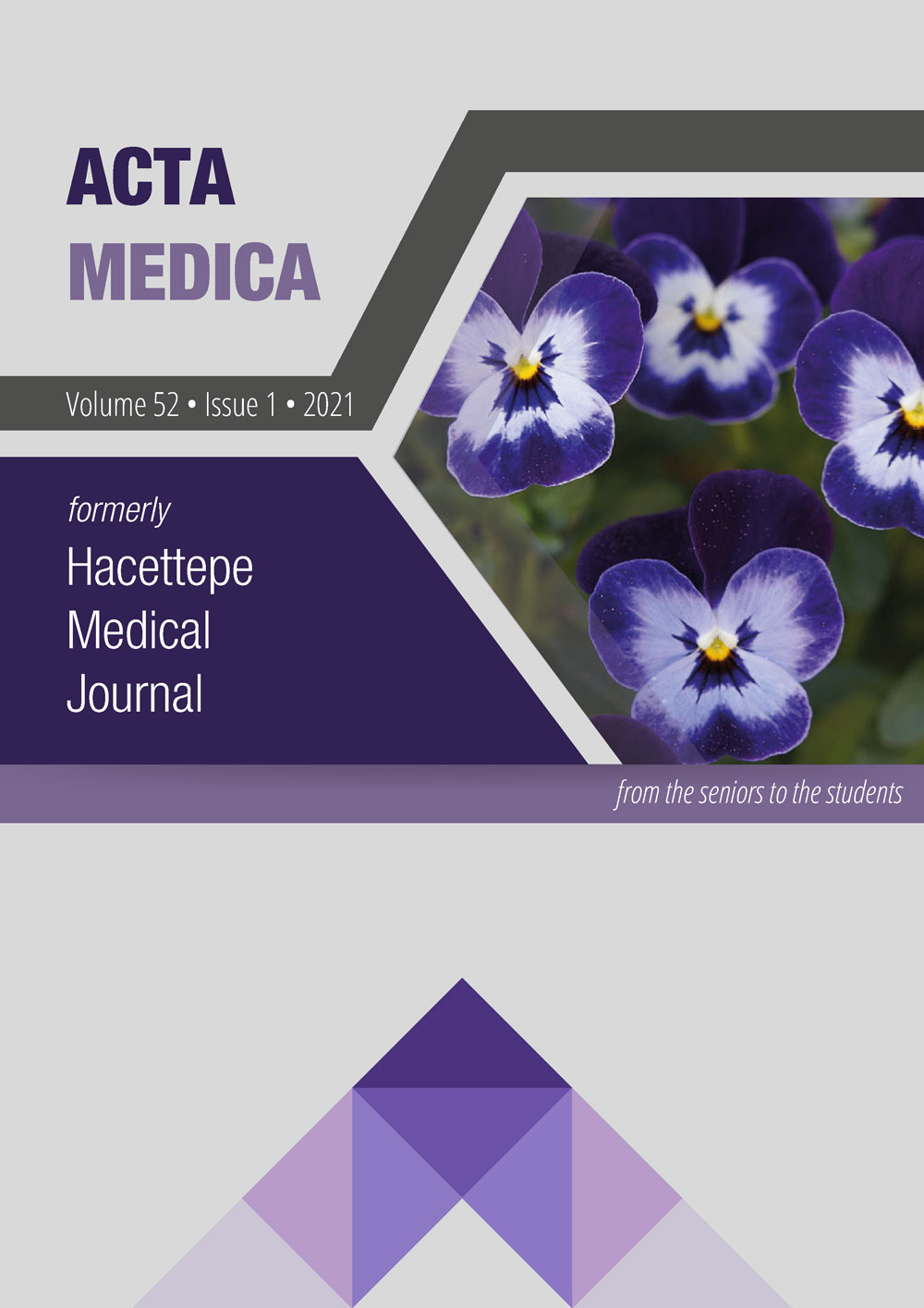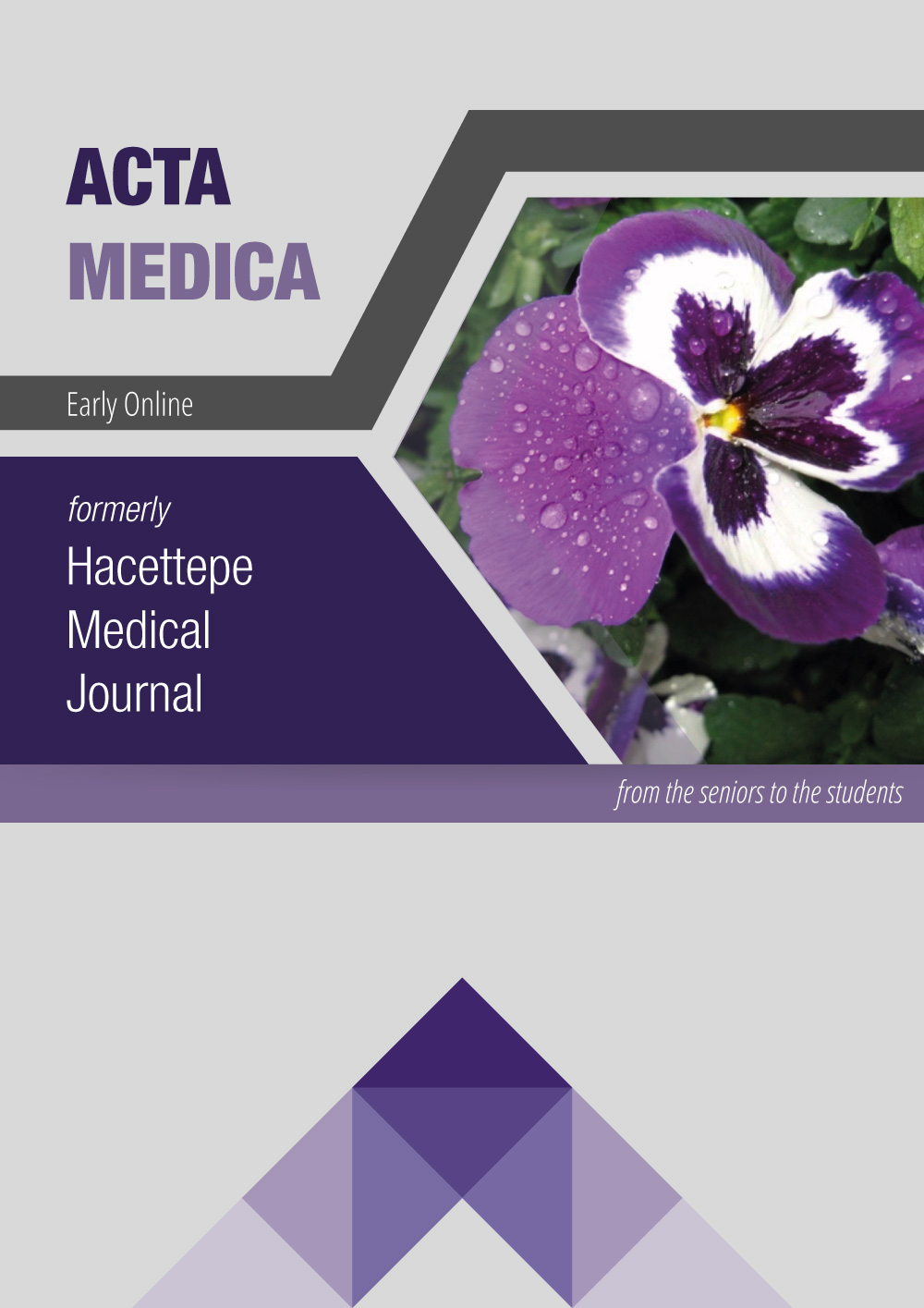Strain Imaging by Speckle Tracking for the Assessment of Diastolic Dysfunction in Beta-Thalassemia Major Patients
DOI:
https://doi.org/10.32552/2021.ActaMedica.533Abstract
Objectives: Strain imaging is a novel promising echocardiographic technique and strain imaging by speckle tracking has been reported recently in a few studies as a promising tool to detect early changes of myocardial deformation that could be related to myocardial iron over load in patients with β-thalassemia major. In this study, we investigated strain images in comparison with the cardiac T2* magnetic resonance imaging results.
Materials and Methods: A total of 45 patients from a single institution’s pediatric and adult hematology centers were evaluated with strain echocardiography and T2* magnetic resonance imaging at concomitant out-patient visits. We grouped patients according to cardiac T2* magnetic resonance imaging results: <20 ms (Group 1, cardiac iron loading present) (n=12) and ≥20 ms (Group 2, no clinically significant cardiac iron loading) (n=33).
Results: The median global longitudinal strain was measured as -19.9% (range -27.1% to -12%) in Group 1 and -20.7% (range -26.5% to -12.8%) in Group 2 (p=0.37). Using receiver operator curve analysis, global longitudinal strain value at a cutoff point of -20.45% in the ruling out T2*<20 ms with a sensitivity of 83% and a specificity of 54% was obtained.
Conclusion: In conclusion, although T2* magnetic resonance imaging is the gold standard method, strain imaging echocardiography can be used for predicting cardiac iron accumulation, after validations were obtained in larger sample sizes.


